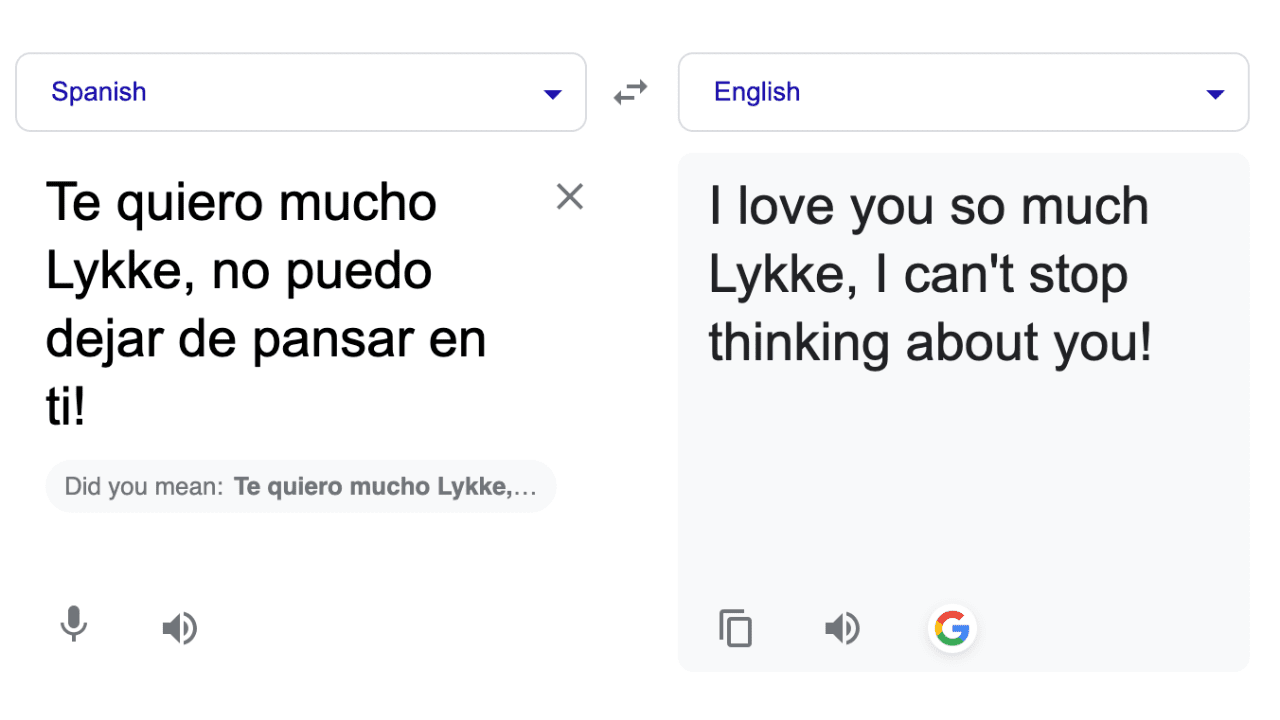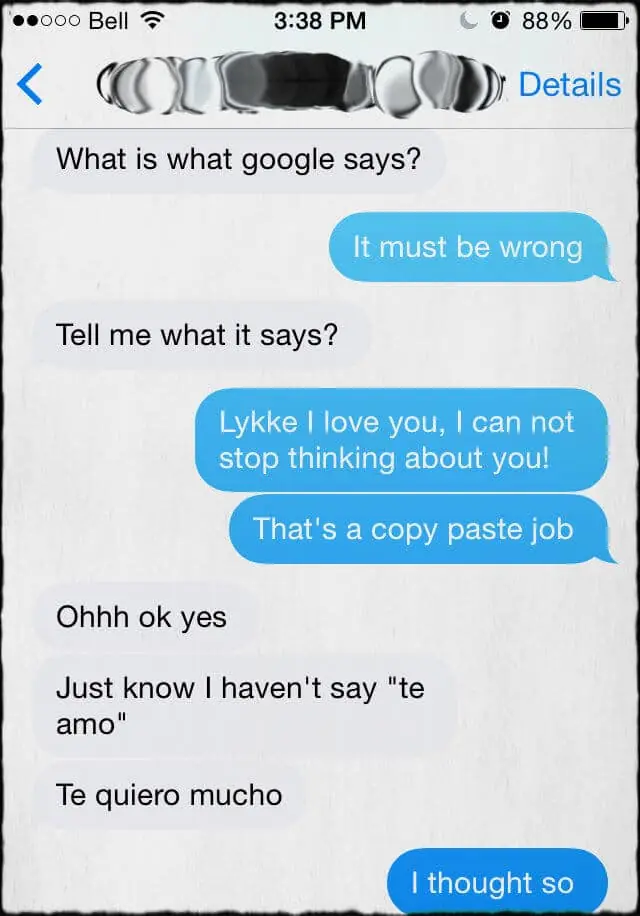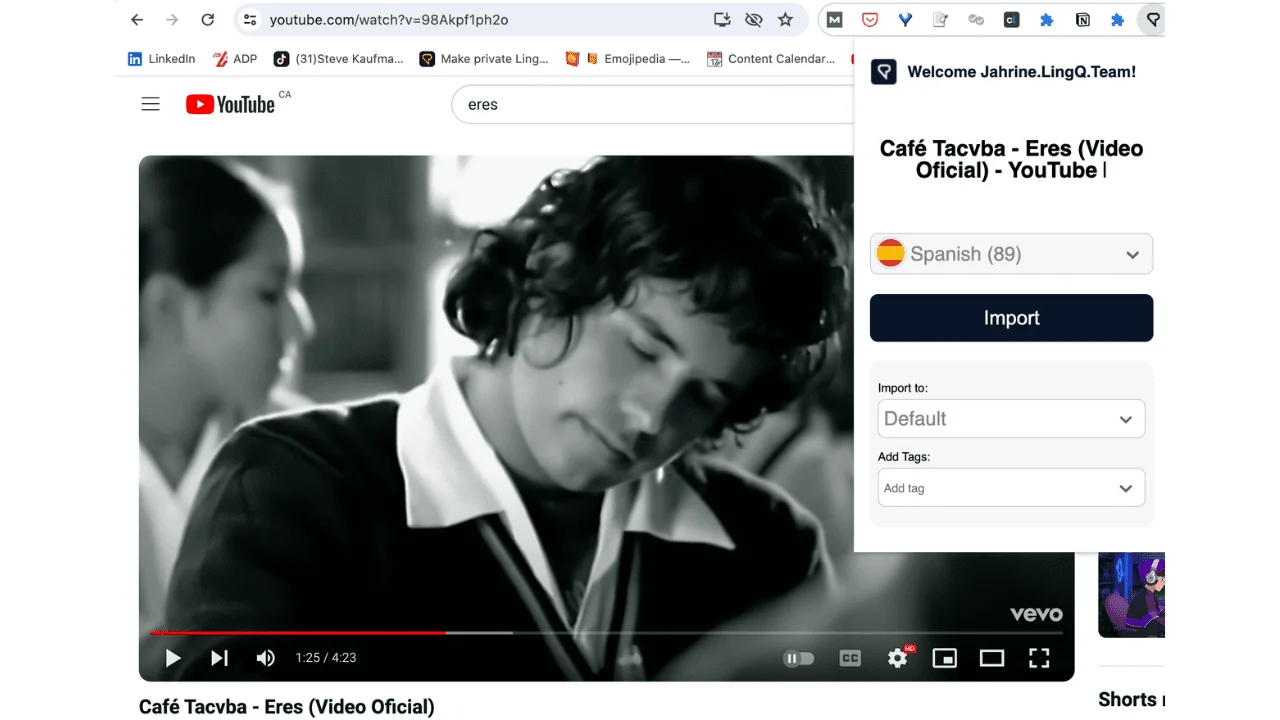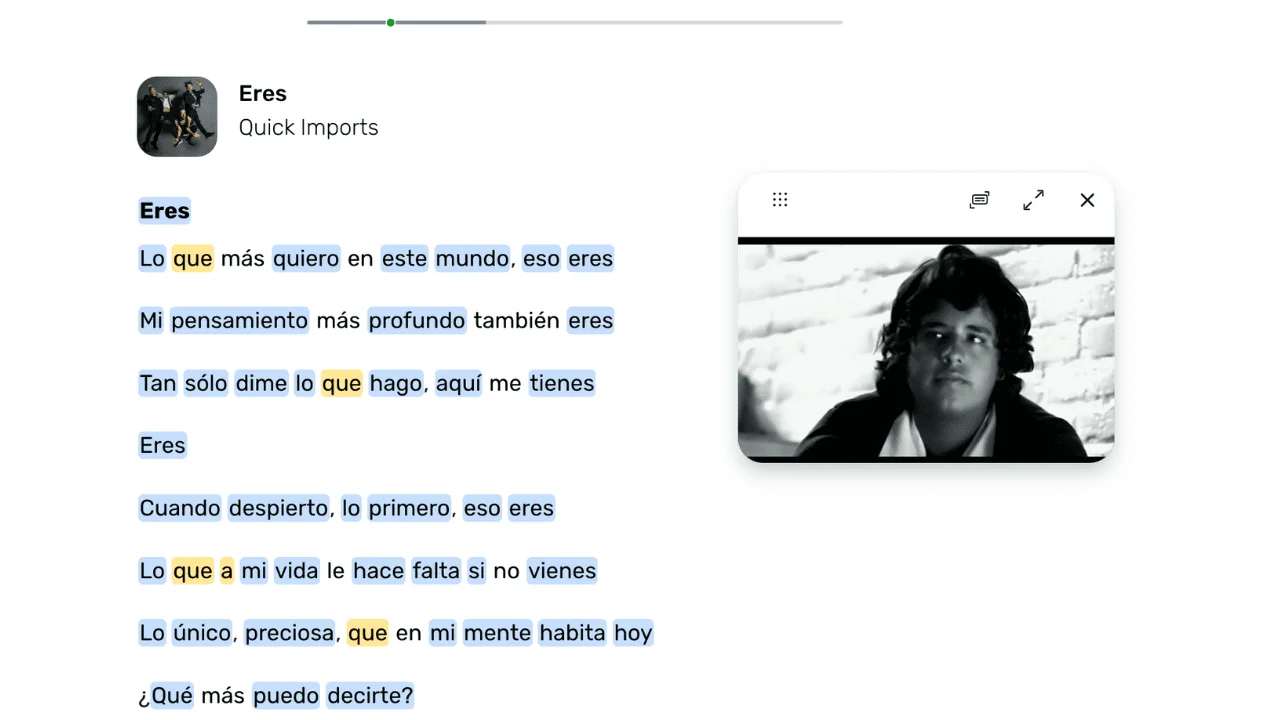Te Amo vs Te Quiero: How to say I Love You in Spanish
I have been busy making friends with Spanish speaking people here in Vancouver, and one of them doesn’t seem to like me. I don’t mind, it is all in the name of learning Spanish.
My new friend knows that I am trying to learn Spanish, and he wants to help me as much as he can. We don’t have time to hang out much, because life gets in the way, but I have asked him to send me text messages in Spanish whenever possible.
When my friend sends me a message that I don’t understand, or when I want to make sure that I get the gist of what he is saying, I copy the entire message and paste it into Google Translate. I then copy the English translation and send it back to him, asking if I have it right. Most of the time I do get it right, or should I say most of the time Google Translate gets it right, but sometimes it doesn’t and it leads to some awkward misunderstandings.

I have been told, especially in pop culture of which I am an avid follower, that Spanish is the language of love, and that some (I say this at the risk of falling into a trap of stereotypes and generalizations) Spanish speaking individuals consider themselves Latino lovers, whatever that might mean. Yet, I was quite surprised to get the above message and find that my new friend apparently LOVES me after having met me once or twice (I am pretty cool, but come on).
I wasn’t quite sure what to say in return, if he really felt that way then how would I turn him down without hurting his feelings? Google Translate seemed pretty sure that this was love. I, on the other hand, wasn’t so sure. I decided to confront him via text message.
These are the messages that followed:

So this week’s main lesson, I suppose, is that te amo means I LOVE YOU in Spanish and te quiero means I LIKE YOU A LOT.
It is always nice to be liked no matter the language, so I’ll take it. It’s pretty cute and a fun way of learning Spanish too (and the translation did say he couldn’t stop thinking about me, which he didn’t argue with). To learn more about Spanish love quotes, check out this post.
For now I’ll put all these lovey-dovey texts down to him being from a different culture where they speak the language of love and I’ll pretend that’s how they all talk to each other until I get a chance to go there and find out myself.
My new friend also sends me a number of links to Spanish songs that he likes and thinks might be useful for my Spanish learning. I like music and Steve Kaufmann always says that we should do what we like. So since I am on the topic of te amo vs te quiero, I should add that most of the songs he sends me are about love – that’s not necessarily a cultural thing because I think most songs are.
Anyhoo, there was one song that I liked more than the others and it is called “Eres” meaning “You Are”. In “Eres” the words are clearly articulated and it’s pretty slow, which makes it somewhat easy to follow.
The song is about being in love, and not wanting to be without that certain someone. It is a little above my beginner level and maybe a little cheesy, but I believe it’s good for learning Spanish. So good in fact that I uploaded it to LingQ as a lesson using the LingQ Importer browser extension (available for Chrome, Safari, Edge and Firefox).

When I open it as a lesson now it looks like this:

LingQ already knows that there are words I am familiar with (yellow and white) and some that I am not (blue). I think that’s really cool, and if I find more songs like this I will make them lessons too. You can get LingQ for your Android or iOS device 🙂
I should probably mention that the song is from 2009 and by a band called Café Tacvba. Lest I get into copyright issues – all of it is readily available on the World Wide Web.
If you have any good songs in Spanish that I could learn from and import as lessons, I am all ears.
How long does it take to learn Spanish? Check out polyglot and LingQ cofounder Steve Kaufmann’s blog post to learn about the 5 factors that influence this!


